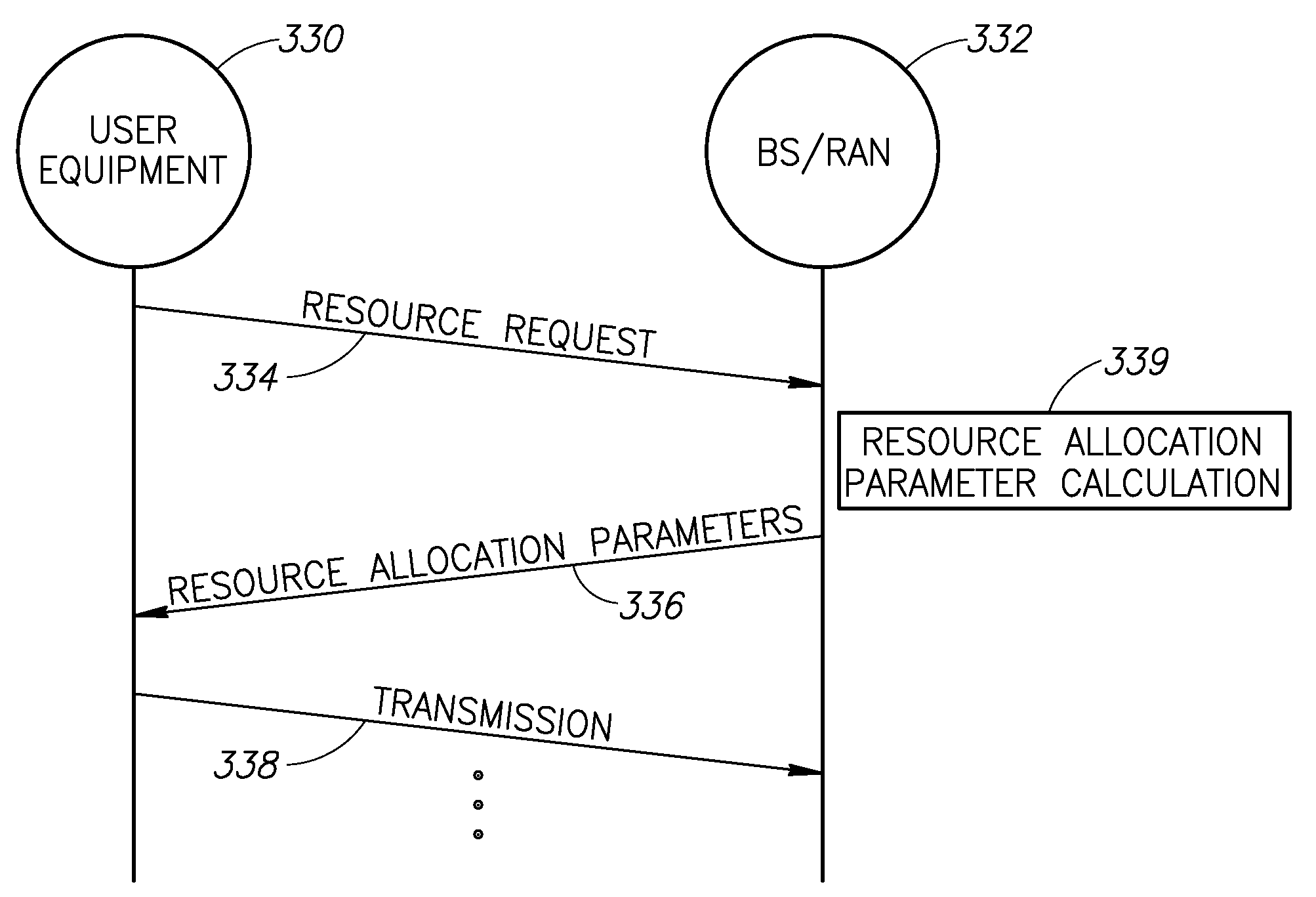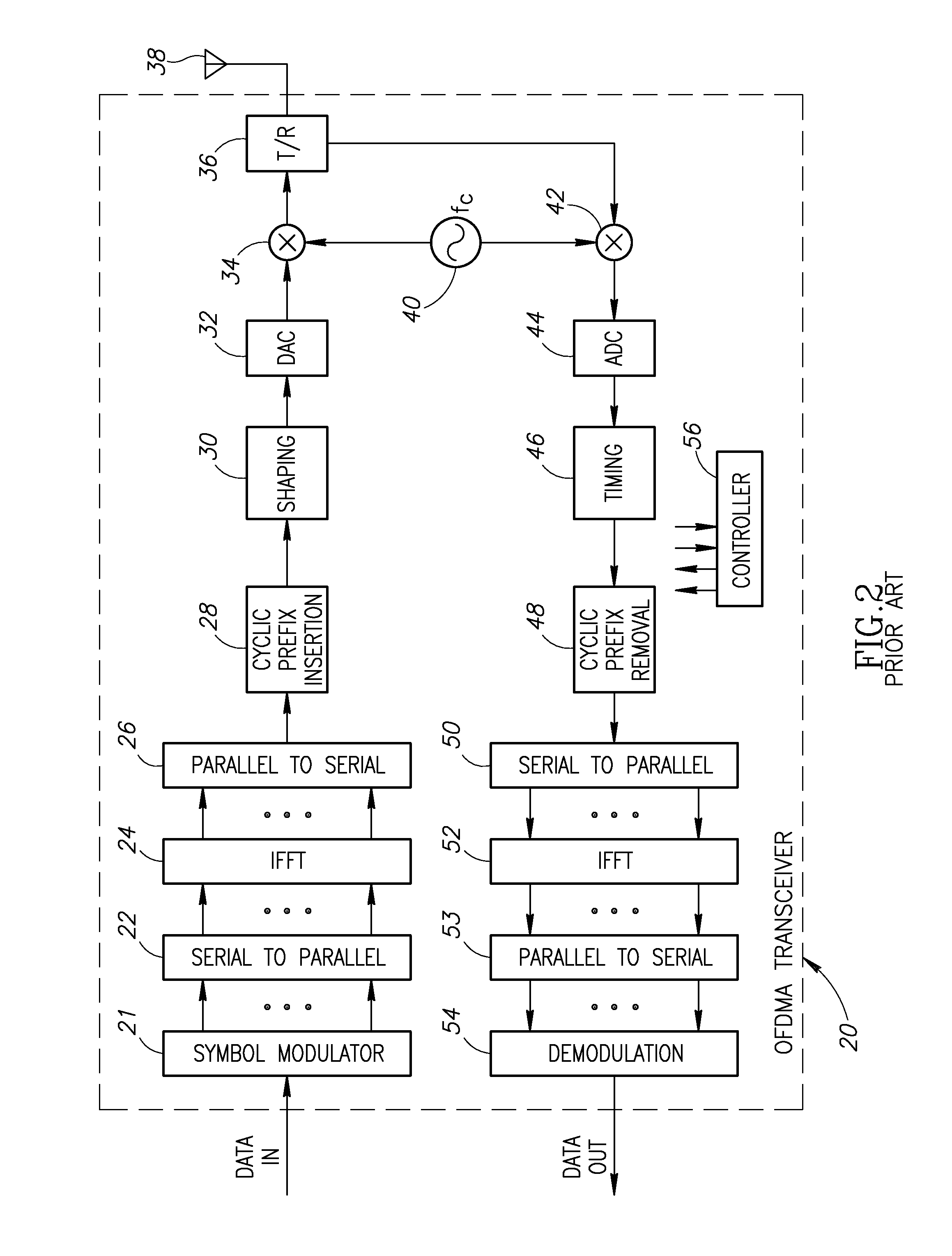Resource allocation apparatus and method in an orthogonal frequency division multiple access communication system
a communication system and orthogonal frequency division technology, applied in the field of wireless communication systems, can solve problems such as statistical-like inter-cell interference behavior, and achieve the effect of reducing inter-cell interferen
- Summary
- Abstract
- Description
- Claims
- Application Information
AI Technical Summary
Benefits of technology
Problems solved by technology
Method used
Image
Examples
Embodiment Construction
Notation Used Throughout
[0082]The following notation is used throughout this document.
TermDefinitionAAAAuthentication Authorization and AccountingACAlternating CurrentADCAnalog to Digital ConverterARQAutomatic Repeat RequestASICApplication Specific Integrated CircuitAVIAudio Video InterfaceBMPWindows BitmapBWABroadband Wireless AccessCDMACode Division Multiple AccessCPCyclic PrefixCPUCentral Processing UnitDACDigital to analog ConverterDCDirect CurrentDLDownlinkDRAMDynamic Random Access MemoryDVBDigital Video BroadcastECCError Correction CodeEDGEEnhanced Data rates for GSM EvolutionEEPROMElectrically Erasable Programmable Read Only MemoryEPROMErasable Programmable Read Only MemoryEVDOEvolution-Data OptimizedFDDFrequency Division DuplexFECForward Error CorrectionFEMFront End ModuleFFTFast Fourier TransformFMFrequency ModulationFPGAField Programmable Gate ArrayGPRSGeneral Packet Radio ServiceGPSGlobal Positioning SatelliteGSMGlobal System for Mobile CommunicationHARQHybrid Automatic R...
PUM
 Login to View More
Login to View More Abstract
Description
Claims
Application Information
 Login to View More
Login to View More - R&D
- Intellectual Property
- Life Sciences
- Materials
- Tech Scout
- Unparalleled Data Quality
- Higher Quality Content
- 60% Fewer Hallucinations
Browse by: Latest US Patents, China's latest patents, Technical Efficacy Thesaurus, Application Domain, Technology Topic, Popular Technical Reports.
© 2025 PatSnap. All rights reserved.Legal|Privacy policy|Modern Slavery Act Transparency Statement|Sitemap|About US| Contact US: help@patsnap.com



